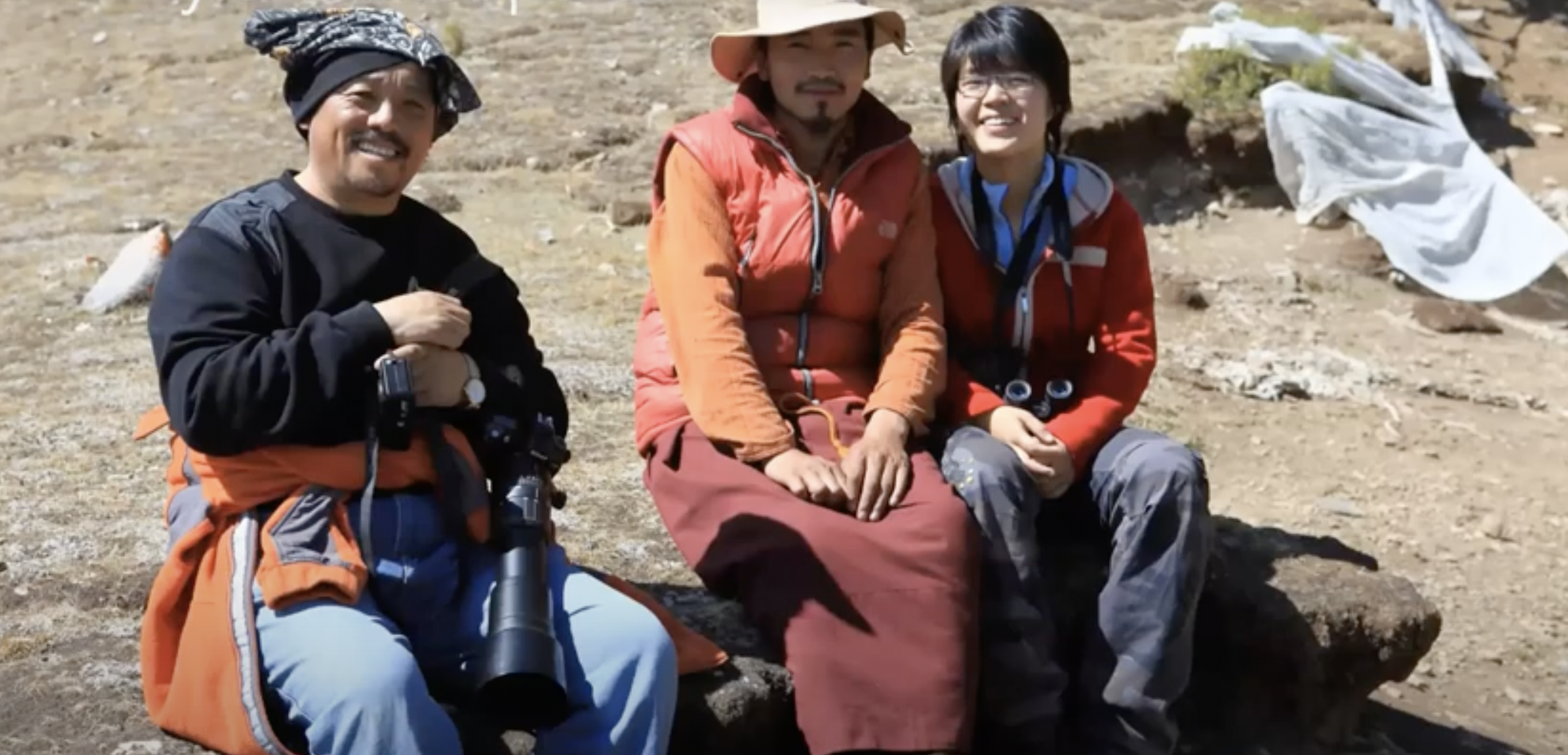Please find details below, of articles, added to the bibliography:
Title: Multiple factors influence local perceptions of snow leopards and Himalayan wolves in the central Himalayas, Nepal.
Authors: Chetri, M., Odden, M., Devineau, O., McCarthy, T., Wegge, P.
Abstract: An understanding of local perceptions of carnivores is important for conservation and management planning. In the central Himalayas, Nepal, we interviewed 428 individuals from 85 settlements using a semi-structured questionnaire to quantitatively assess local perceptions and tolerance of snow leopards and wolves. We used generalized linear mixed effect models to assess influential factors, and found that tolerance of snow leopards was much higher than of wolves. Interestingly, having experienced livestock losses had a minor impact on perceptions of the carnivores. Occupation of the respondents had a strong effect on perceptions of snow leopards but not of wolves. Literacy and age had weak impacts on snow leopard perceptions, but the interaction among these terms showed a marked effect, that is, being illiterate had a more marked negative impact among older respondents. Among the various factors affecting perceptions of wolves, numbers of livestock owned and gender were the most important predictors. People with larger livestock herds were more negative towards wolves. In terms of gender, males were more positive to wolves than females, but no such pattern was observed for snow leopards. People’s negative perceptions towards wolves were also related to the remoteness of the villages. Factors affecting people’s perceptions could not be generalized for the two species, and thus need to be addressed separately. We suggest future conservation projects and programs should prioritize remote settlements.
URL: https://snowleopardnetwork.org/bibliography/Chetri_et_al_2020.pdf
Title: Understanding people’s responses toward predators in the Indian Himalaya
Authors: Bhatia, S., Suryawanshi, K., Redpath, S. M., Mishra, C.
Abstract: Research on human–wildlife interactions has largely focused on the magnitude of wildlife‐caused damage, and the patterns and correlates of human attitudes and behaviors. We assessed the role of five pathways through which various correlates potentially influence human responses toward wild animals, namely, value orientation, social interactions (i.e. social cohesion and support), dependence on resources such as agriculture and livestock, risk perception and nature of interaction with the wild animal. We specifically evaluated their influence on people’s responses toward two large carnivores, the snow leopard Panthera uncia and the wolf Canis lupus in an agropastoral landscape in the Indian Trans‐Himalaya. We found that the nature of the interaction (location, impact and length of time since an encounter or depredation event), and risk perception (cognitive and affective evaluation of the threat posed by the animal) had a significant influence on attitudes and behaviors toward the snow leopard. For wolves, risk perception and social interactions (the relationship of people with local institutions and inter‐community dynamics) were significant. Our findings underscore the importance of interventions that reduce people’s threat perceptions from carnivores, improve their connection with nature and strengthen the conservation capacity of local institutions especially in the context of wolves.
URL: http://snowleopardnetwork.org/bibliography/Bhatia_et_al_2020.pdf






